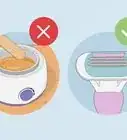This article was co-authored by Adarsh Vijay Mudgil, MD and by wikiHow staff writer, Hannah Madden. Dr. Adarsh Vijay Mudgil is a board certified Dermatologist, Dermatopathologist, and the Owner of Mudgil Dermatology, a state-of-the-art dermatology practice based in New York, New York. As one of the few dermatologists in the area to achieve board certification in both dermatology and dermatopathology, Dr. Mudgil specializes in all aspects of medical, surgical, and cosmetic dermatology. He received his Bachelor's degree with Phi Beta Kappa honors from Emory University and earned his Doctor of Medicine (MD) with Alpha Omega Alpha honors from the Stony Brook University School of Medicine. In medical school, Dr. Mudgil was among a handful of students nationwide to receive a coveted Howard Hughes Medical Institute Fellowship and Scholarship. He then completed his residency in dermatology at the Mount Sinai Medical Center in Manhattan, where he served as chief resident. Additionally, Dr. Mudgil went on to complete a fellowship at the prestigious Ackerman Academy of Dermatopathology. He is a fellow of the American Academy of Dermatology, the American Society for Dermatologic Surgery, and the American Society of Dermatopathology. Dr. Mudgil is also a member of the Mount Sinai School of Medicine teaching faculty.
There are 7 references cited in this article, which can be found at the bottom of the page.
This article has been viewed 33,424 times.
Are you tired of dealing with your pubic hair? While getting rid of your pubic hair isn’t mandatory for anyone, it’s a personal preference that many of us choose. Figuring out the easiest (and most painless) way possible helps you pick the best option for your body. In this article, we’ll go over the permanent options with long-lasting results, as well as some non-permanent options that you can do yourself at home.
Steps
Permanent Options
-
1Try electrolysis for year-long results. Electrolysis is done by a licensed dermatologist, so make an appointment with your doctor. During this procedure, the doctor will insert a thin wire into your hair follicle underneath your skin. Then, they will use an electrical current to destroy the hair root, making the hair fall out and preventing it from growing back.[1] Typically, results will last for about 1 year.
- Electrolysis can be slightly uncomfortable. Many people report feeling a pinch or a warm sensation as the electrical current zaps their hair follicle.
- Usually, you’ll need more than 1 appointment for best results. Your dermatologist will assess your pubic hair and see how many appointments you need and how far apart they should be.
-
2Go for laser hair removal to see limited hair growth for months. Make an appointment with a licensed dermatologist for laser hair removal. During your appointment, your doctor will numb your pubic area with numbing gel. Then, they will take a laser and hold it against your skin, using the laser to kill the hair within the follicle. As the laser is working, you may feel a slight snapping sensation, like a rubber band being snapped against your skin. Laser hair removal usually prevents hair from growing back for months or even years, and when it does grow back, it’s typically less thick.[2]
- If you are using antibiotics or retinoids, stop using them at least 2 weeks before laser hair removal to protect your skin.
- Depending on how thick your pubic hair is, you may need multiple sessions of laser hair removal.
- If you have any sort of redness or inflammation after laser hair removal, ask your doctor for a hydrocortisone cream.
Advertisement -
3Get a prescription cream to slow hair growth. A prescription cream won’t remove the hair, but it can slow its growth within 4 to 8 weeks. Make an appointment with a dermatologist and ask them about a prescription cream, like Vaniqa or Eflora. If your doctor thinks you’re a good candidate for the cream, you can apply it every day 2 times per day to slow the growth of your pubic hair.[3]
- Since the cream doesn’t remove hair, you’ll have to shave or wax your pubic hair before putting it on.
- The cream works well, but it only works for as long as you use it. If you stop using the cream, your hair will grow back like normal.
-
4Try an at-home IPL device for DIY hair removal on your bikini area. If you don’t want to go through the hassle of heading to a dermatologist, you can buy a Low-Energy Intense Pulsed Light (IPL) device to give yourself a hair removal treatment. Simply turn the device on and run it over your bikini area to zap the hair follicles. Most people need to use this device for multiple sessions before seeing long-lasting results.[4]
- IPL is similar to laser therapy, but it releases many wavelengths instead of just one. It penetrates down to the second layer of skin without harming the top layer, which can lead to less irritation.
- Keep in mind that IPL devices cannot be used on your genitals—they are only safe for use on your bikini area, or the hair that might poke out of a bathing suit.
- IPL devices are most effective on people with light skin and dark hair, because the laser targets the pigment within the hair follicle. If you have darker skin, there is a higher risk that an IPL device could cause burns.
Temporary Options
-
1Get waxed by a professional to remove hair for 3 to 6 weeks. While waxing isn’t permanent, it can still remove pubic hair quickly and make it grow back slowly. Go to a professional esthetician, then ask them for a bikini wax (removing the hair you might see outside of a bathing suit) or a Brazilian wax (removing all of the hair in your pubic area).[5]
- If you are taking isotretinoin, using an antibiotic, or applying tretinoin cream to your skin, talk to your doctor before waxing. These medications can thin your skin, which can cause it to tear when waxed.
- If you don’t want to see a professional, you can wax yourself at home. Just be sure to buy high-quality wax, and follow the directions carefully.
-
2Try a depilatory cream to remove hair for 2 weeks. Depilatory creams are creams, gels, or lotions that you can find at any drug store. Simply apply the cream to your skin, wait the recommended amount of time on the bottle, and rinse your skin.[6] Depilatory creams dissolve hair at the root, so it takes the hair a few days to come back.
- If you’ve never used depilatory creams before, do a patch test on your arm before applying it to your pubic area.
- Depilatory creams are convenient, but many have a strong odor that can be unpleasant.
-
3Shave your pubic hair at home for fastest removal. Shaving only lasts 2 to 3 days, but it’s easy to do yourself, and it doesn’t take long. Be sure to use a moisturizing shaving cream, and swap out your razor every 5 to 7 times you use it. Shave in the direction your hair grows to avoid irritation, and follow up with a moisturizer to keep your skin hydrated.[7]
- Shaving can lead to ingrown hairs or irritation. If you find that your skin is red, bumpy, or itchy after you shave, consider trying a different method.
-
4Tweeze your pubic hair for a quick trim or shaping. Tweezing lasts longer than shaving, but it’s not great for large areas. If you only have a few stray pubic hairs that you’d like to get rid of, grab a pair of tweezers and firmly grab one hair at a time. Pull the hair out in the direction that it grows to avoid irritation as much as possible.[8]
- Tweezing can be uncomfortable or even painful, especially in a sensitive area. If tweezing is too uncomfortable for you, try a different method.
- If you’re prone to ingrown hairs, tweezing might not be for you. Tweezing or plucking your hair can lead to ingrown hairs and skin irritation.
-
5Trim your pubic hair to shape it up. If you’re fine with having a little bit of pubic hair but you don’t want it to look unkempt, use scissors to trim it. Use a mirror to see what you’re doing, and gently snip your pubic hair until you’re happy with how it looks.[9]
- Trimming your hair won’t remove it completely, but it can help tame your pubic hair in a pinch.
References
- ↑ https://my.clevelandclinic.org/health/treatments/8306-electrolysis
- ↑ https://www.aad.org/public/cosmetic/hair-removal/laser-hair-removal-faqs
- ↑ https://www.aad.org/public/everyday-care/skin-care-basics/hair/remove-unwanted-hair
- ↑ https://health.clevelandclinic.org/the-pros-and-cons-of-at-home-laser-hair-removal/
- ↑ https://www.aad.org/public/everyday-care/skin-care-basics/hair/remove-unwanted-hair
- ↑ https://www.aafp.org/afp/2002/1115/p1907.html
- ↑ https://www.sutterhealth.org/health/teens/skin-grooming/pubic-hair-removal-shaving
- ↑ https://goaskalice.columbia.edu/answered-questions/what-do-pubic-hair
- ↑ https://www.sutterhealth.org/health/teens/skin-grooming/pubic-hair-removal-shaving
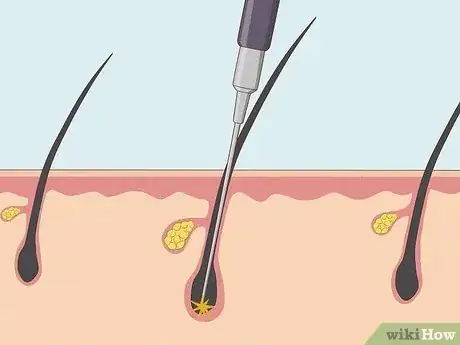
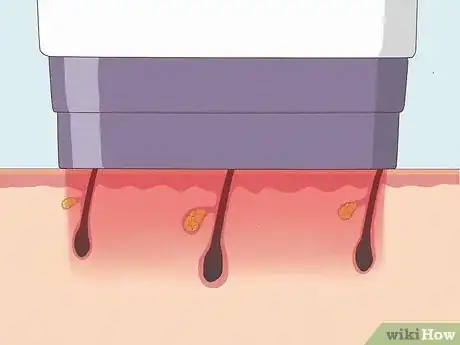

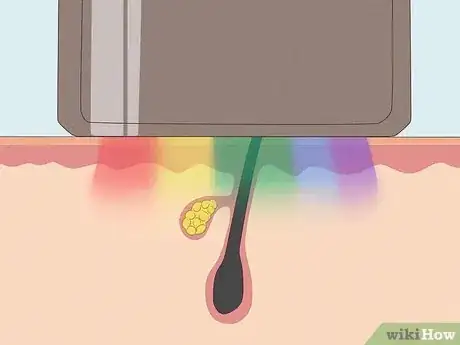
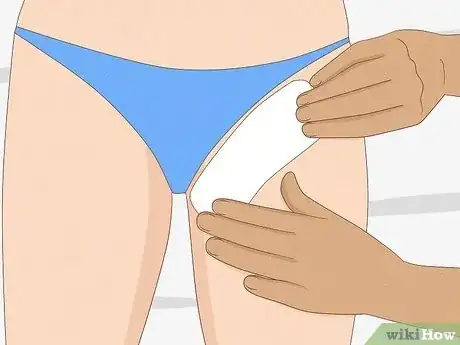
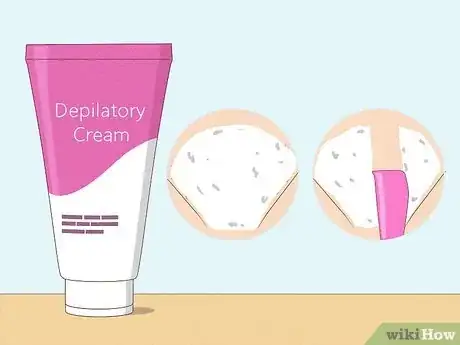
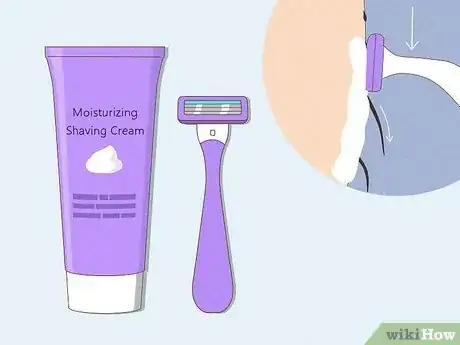
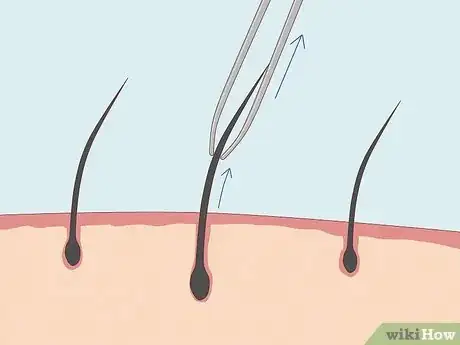
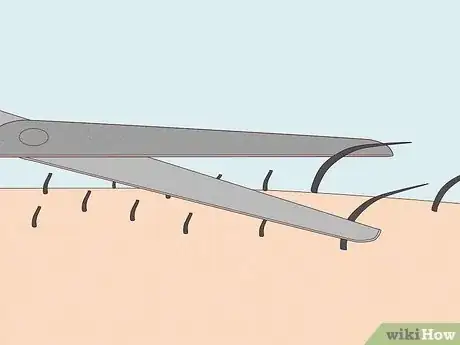


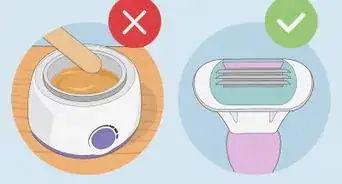
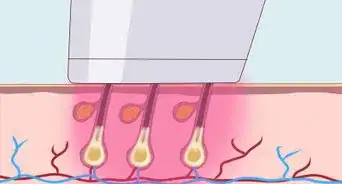
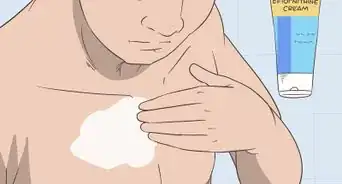
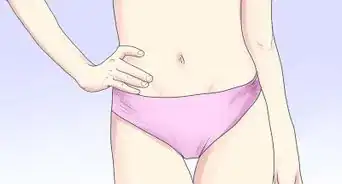
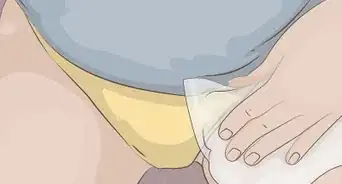
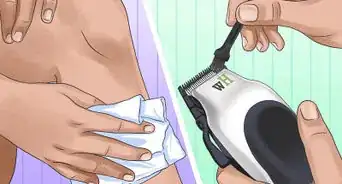

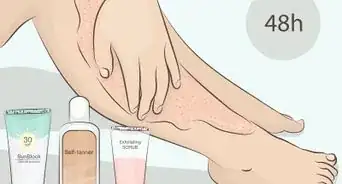
-Step-24-Version-2.webp)










